Tandoori Chicken: A Global Spice Odyssey from India to Your Kitchen
Spice lovers, get ready to take a journey through time, culture, and flavor with one of the most iconic dishes in the world of spices — Chicken Tandoori. Known for its fiery red hue, smoky aroma, and tantalizing taste, tandoori chicken is more than just a dish; it’s a celebration of global spice traditions.
Table of Contents
- The Origins: Where Did Tandoori Chicken Come From?
- The Spice Blend: What Makes It So Special?
- 5 Pro Tips to Nail Perfect Tandoori Chicken at Home
- Global Twists: How Different Countries Adapted Tandoori Chicken
- The Science Behind the Smoke: Why Tandoor Works
- Pairing Perfection: What Goes Best with Tandoori Chicken?
- Vegan & Vegetarian Variants: Can You Still Have the Flavor Without the Meat?
- Conclusion

The Origins: Where Did Tandoori Chicken Come From?
Tandoori chicken traces its roots back to ancient India, where clay ovens known as tandoors were used for cooking thousands of years ago. However, the modern version we know today gained popularity in the early 20th century when Kundan Lal Gujral, a chef from Punjab, created this marinated chicken masterpiece in Delhi. Since then, it has become a symbol of Indian hospitality and flavor across the globe.
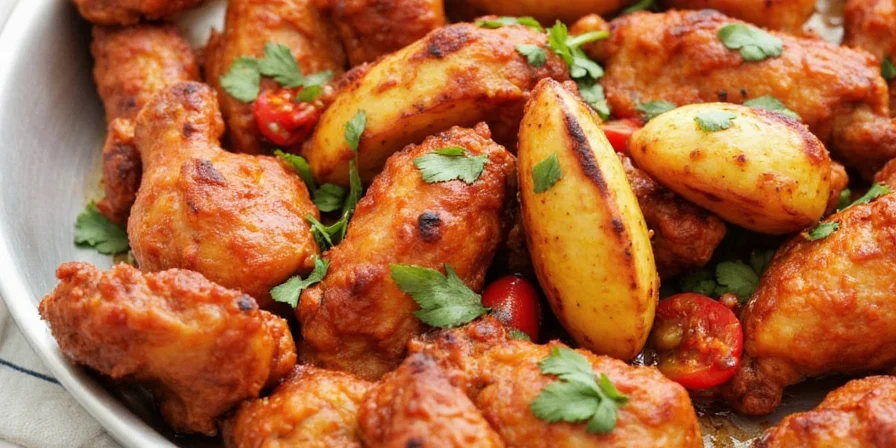
The Spice Blend: What Makes It So Special?
The secret behind tandoori chicken lies in its marinade — a complex mix of yogurt and spices that tenderizes the meat while infusing it with bold flavors. Here's a breakdown of the key ingredients:
| Ingredient | Function | Flavor Profile |
|---|---|---|
| Yogurt (Dahi) | Lactic acid helps tenderize meat | Creamy, tangy base |
| Kashmiri Red Chili Powder | Adds vibrant color and mild heat | Earthy, slightly fruity |
| Ginger-Garlic Paste | Aromatics that deepen flavor | Spicy-sweet, pungent |
| Ground Cumin | Earthiness and warmth | Smoky, nutty |
| Coriander Powder | Balances heat and adds brightness | Slightly citrusy, floral |
| Paprika | Color boost without too much heat | Mildly sweet, earthy |
| Garam Masala | Finishing warmth and complexity | Warm, spicy, aromatic |
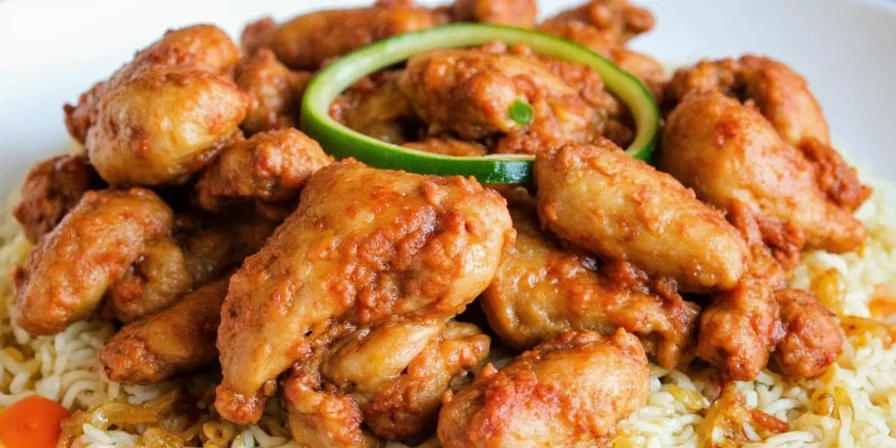
5 Pro Tips to Nail Perfect Tandoori Chicken at Home
Not everyone has access to a traditional tandoor, but that doesn’t mean you can’t recreate restaurant-quality tandoori chicken in your kitchen! Here are some expert-approved hacks:
- Marinate overnight: Letting the chicken sit for at least 8–12 hours allows the spices to penetrate deeply into the meat.
- Use bone-in cuts: Bone-in pieces retain moisture better and give that authentic charred flavor.
- Preheat your oven: If using a regular oven, set it to 450°F (230°C) and place a rack near the top to mimic the high heat of a tandoor.
- Brush with ghee or oil before baking: This gives it that shiny, glazed finish.
- Add a broil finish: For that final char, switch to broil for the last 2–3 minutes of cooking.
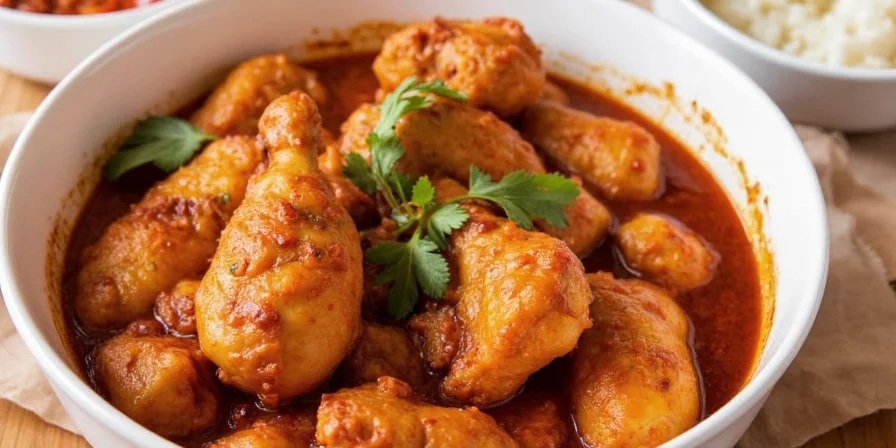
Global Twists: How Different Countries Adapted Tandoori Chicken
As tandoori chicken made its way around the world, various cultures put their own spin on it. Check out these international interpretations:
| Country | Adaptation | Signature Change |
|---|---|---|
| United Kingdom | Tandoori-style grilled chicken wings | Milder spices, often with honey glaze |
| Thailand | Tandoori curry paste mixed into coconut-based curries | Fish sauce instead of salt |
| United States | Tandoori-spiced fried chicken | Buttermilk batter and deep frying |
| Middle East | Shawarma-style tandoori wraps | Sumac and tahini added to marinade |
| Japan | Tandoori ramen broth | Miso paste for umami depth |
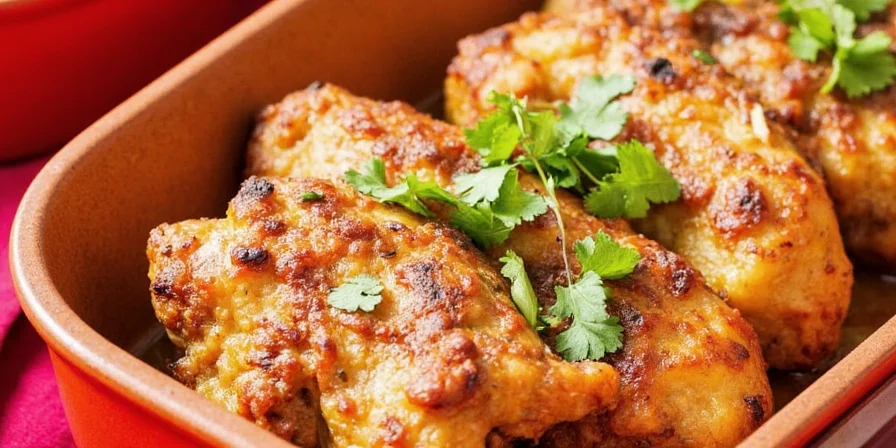
The Science Behind the Smoke: Why Tandoor Works
The tandoor isn't just a cool-looking pot — it's a culinary marvel. The intense radiant heat from the fire at the bottom sears the meat quickly, locking in juices while allowing the yogurt-based marinade to caramelize beautifully. The unique dome shape reflects heat inward, creating a convection effect that cooks the chicken evenly and gives it that signature smoky edge.
Pairing Perfection: What Goes Best with Tandoori Chicken?
Whether you're serving it as an appetizer or main course, here are some classic pairings to elevate your tandoori experience:
- Mint Raita: Cooling yogurt sauce with mint and cucumber
- Naan or Roti: Warm flatbreads for wrapping or scooping
- Onion Salad: Sliced red onions with lemon juice and chaat masala
- Lemon Wedges: Adds brightness and balance
- Mango Chutney: Sweet-tangy contrast to the spice
Vegan & Vegetarian Variants: Can You Still Have the Flavor Without the Meat?
Vegetarians and vegans aren’t left out of the tandoori love! Here are some creative swaps:
- Veggie Tandoori: Cauliflower, bell peppers, and paneer chunks marinated and grilled.
- Vegan Option: Use tofu or jackfruit as the base, and swap yogurt with plant-based alternatives like cashew cream or coconut yogurt.
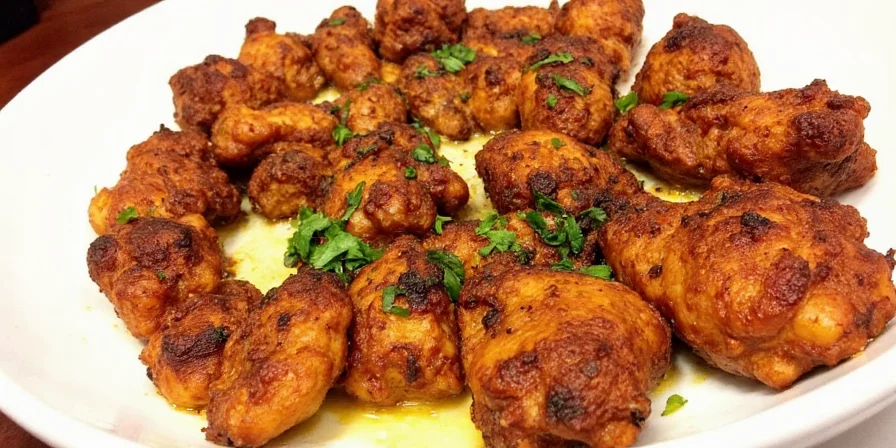
Conclusion
Chicken tandoori is more than just a dish — it's a passport to global flavor, a testament to centuries of spice mastery, and a perfect example of how food brings people together. Whether you’re a professional chef or a home cook experimenting with new flavors, mastering tandoori chicken is a rewarding journey worth taking. So grab your spices, fire up your oven or grill, and let the aromas do the talking!
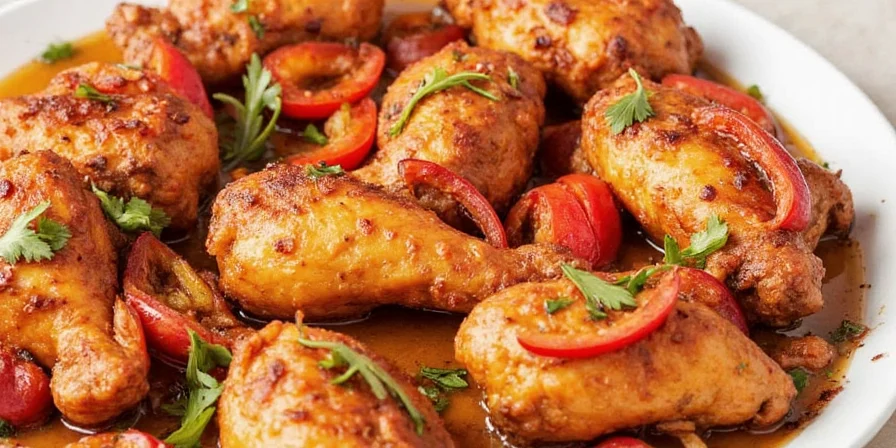
Until next time, keep spicing up your life — one tandoor at a time!

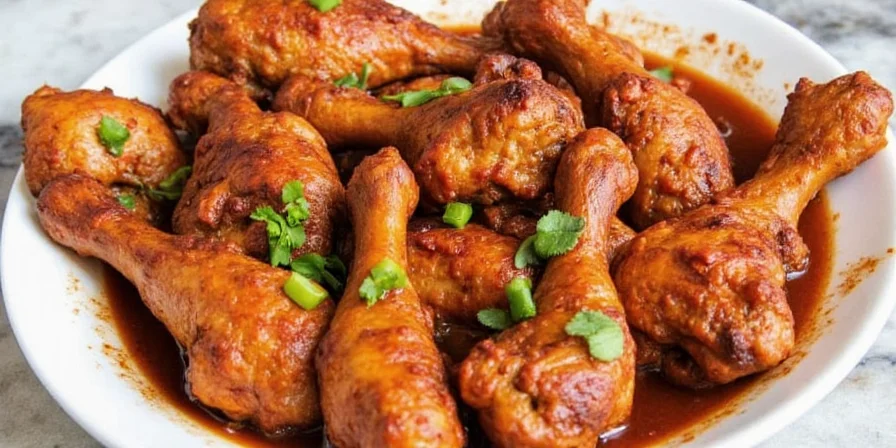









 浙公网安备
33010002000092号
浙公网安备
33010002000092号 浙B2-20120091-4
浙B2-20120091-4